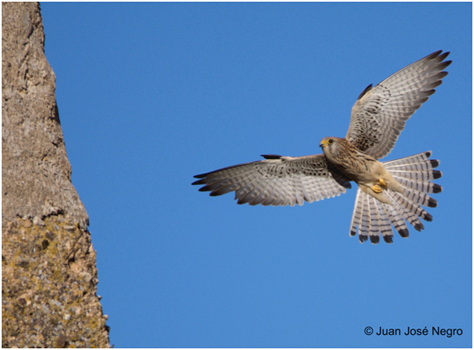Pheomelanin contributes to the pigmentation phenotype of animals by producing orange and light brown colours in the integument. However, pheomelanin synthesis in melanocytes requires consumption of glutathione (GSH), the most important intracellular antioxidant. Therefore, a genetic control favouring the production of large amounts of pheomelanin for pigmentation may lead to physiological costs under environmental conditions that promote oxidative stress. This possibility was investigated in the context of breeding coloniality, a reproductive strategy that may affect oxidative stress. In lesser kestrel Falco naumanni nestlings the GSH:GSSG ratio, which decreases with systemic oxidative stress, increased with the size of the colony where they were reared, but the expression in feather melanocytes of five genes involved in pheomelanin synthesis (Slc7a11, Slc45a2, CTNS, MC1R and AGRP) did not vary with colony size. The antioxidant capacity (TEAC) of lesser kestrel nestlings also increased with colony size, but in a manner that depended on Slc7a11 expression and not on the expression of the other genes. Thus, antioxidant capacity increased with colony size only in nestlings least expressing Slc7a11, a gene with a known role in mediating cysteine (a constituent amino acid of GSH) consumption for pheomelanin production. The main predictor of the intensity of pheomelanin-based feather color was Slc45a2 expression followed in importance by Slc7a11 expression, hence suggesting that the genetic regulation of the pigmentation phenotype mediated by Slc7a11 and a lack of epigenetic lability in this gene limits birds from benefiting from the physiological benefits of coloniality. informacion[at]ebd.csic.es: Galván et al (2017) Genetic favoring of pheomelanin-based pigmentation limits physiological benefits of coloniality in lesser kestrels Falco naumanni. Mol Ecol doi:10.1111/mec.14322
http://onlinelibrary.wiley.com/doi/10.1111/mec.14322/full

 Las altas temperaturas están provocando que las lagunas y las marismas de Doñana pierdan agua rápidamente
Las altas temperaturas están provocando que las lagunas y las marismas de Doñana pierdan agua rápidamente




